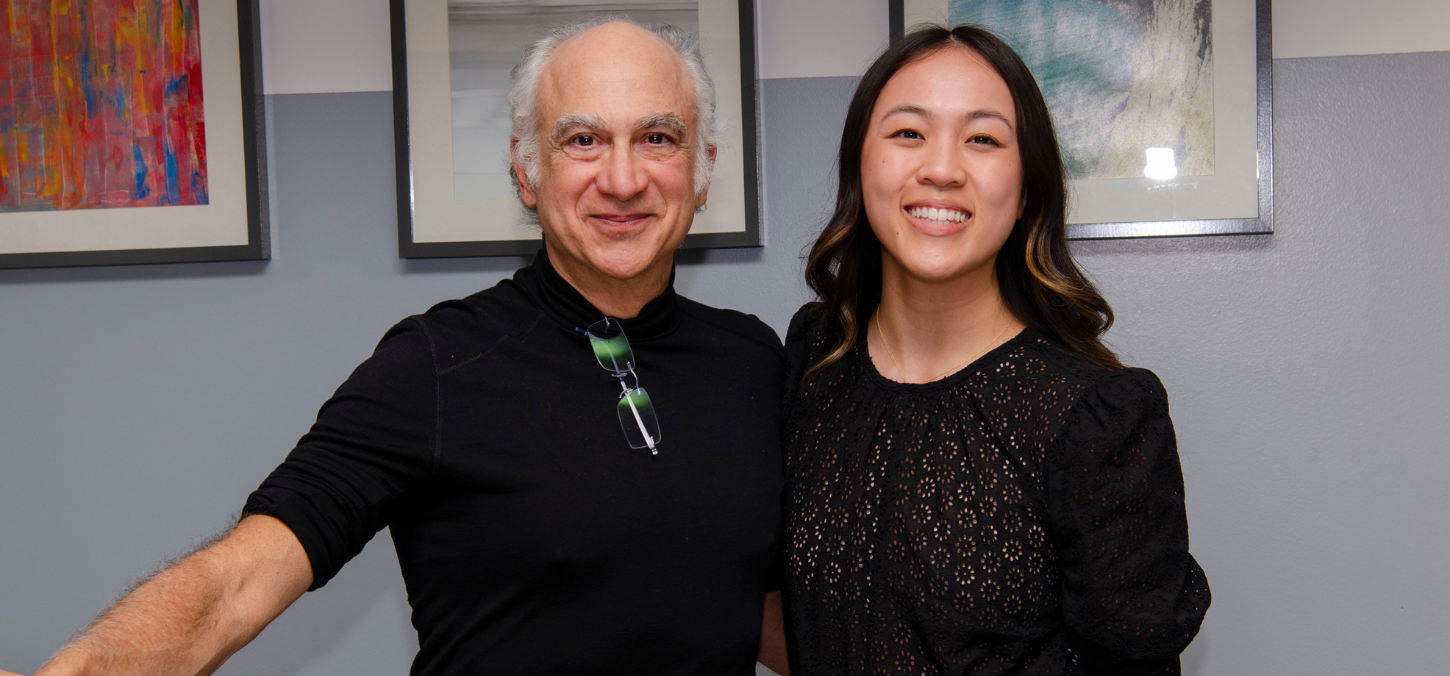
U of T Dentistry researchers show potential of DNA nanotechnology in tooth regeneration
By Rachel Boutet
Researchers at the Faculty of Dentistry are looking at the use of DNA nanotechnology in the regeneration of biologic materials, potentially reducing the need for cavity fillings.
Mercedes Ing 2T0, who is currently in her first year of the Faculty’s pediatric graduate dentistry program, is working on this research in the Carneiro Lab, run by assistant professor Karina Carneiro. Ing notes that another PhD student has been conducting research related to DNA bone regeneration, and she is taking that approach and applying it to teeth. The current research has shown success on live rat models with skull defects.
“In the rat study, two different solutions of DNA are mixed together to make a gel where the DNA forms a structure that acts like scaffolding, attracting minerals to help regenerate the bone,” says Ing. “Injecting the DNA gel has aided with bone healing in rats compared to not using the gel at all. By applying the bone results to teeth, we want to see how the gel performs in the environment of human saliva and human cells, and how it can help remineralize dentin in teeth.”
Ing chose this area of research in part because of Carneiro who taught her biomaterials during her dentistry degree at the Faculty. She says the developing field of nanotechnology has a lot of potential, which she can already see with this research, even in its preliminary stages.
This could be extremely promising if we’re able to use the DNA gel to rebuild the dentin of the tooth
“The cool thing about this is most treatments currently in dentistry involve filling the tooth with materials that don’t make the tooth stronger, in fact, they actually weaken them,” she says. “This could be extremely promising if we’re able to use the DNA gel to rebuild the dentin of the tooth.”
There are other potential implications of using DNA as a tool for regeneration, including preventing root canals and additional invasive dental visits.
“Nowadays, in pediatric dentistry especially, we are trying to move towards minimally invasive dentistry and fewer visits,” says Ing. “The ultimate goal is to be able to apply this gel to help promote more healing.”
Ing presented her research at the Faculty’s 3-Minute-Thesis competition during Research Day. She was chosen as the winner and will move on to the larger, university-wide competition in mid-March.
“I was happy to win for my supervisors – they were really encouraging and supportive,” she says, who included Carneiro and associate dean, undergraduate education, Anuradha Prakki. “I’m excited to represent the Faculty in the next round and also to see the breadth of research from around the entire university.”
Top photo: Vice-dean research Morris Manolson and Mercedes Ing at the Faculty of Dentistry's 3MT award presentation, Research Day 2024 (Jeff Comber)